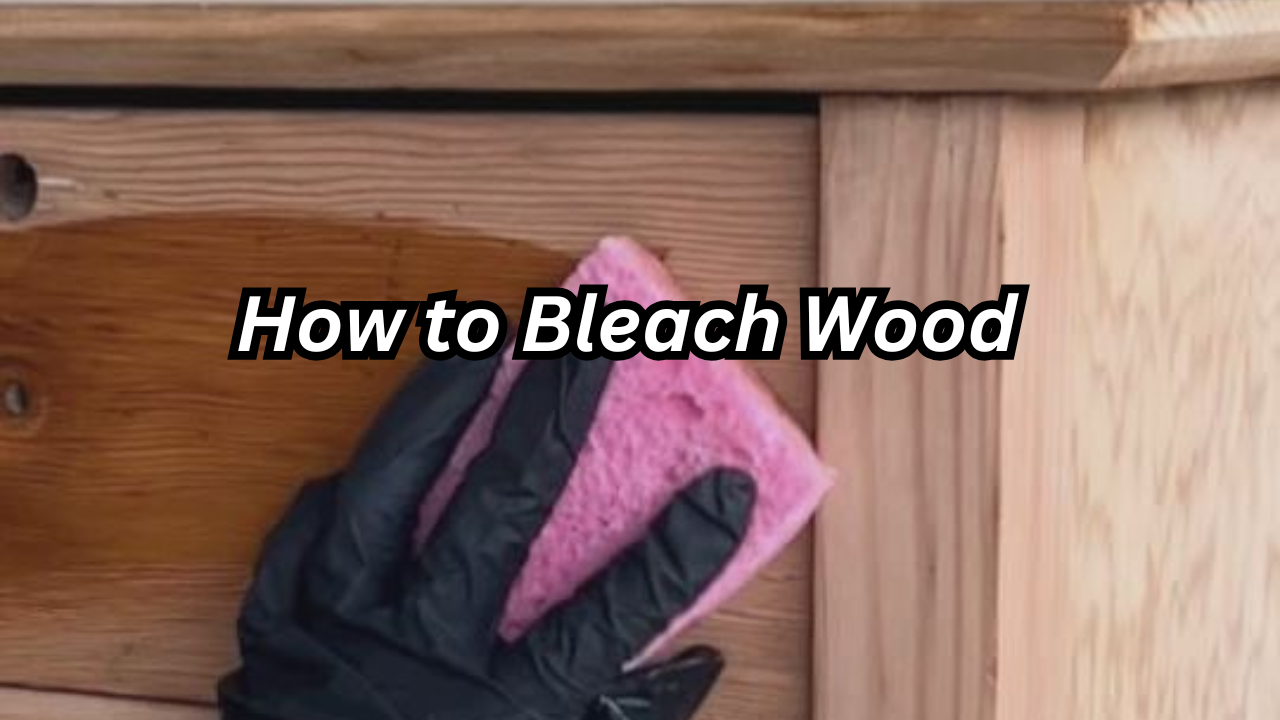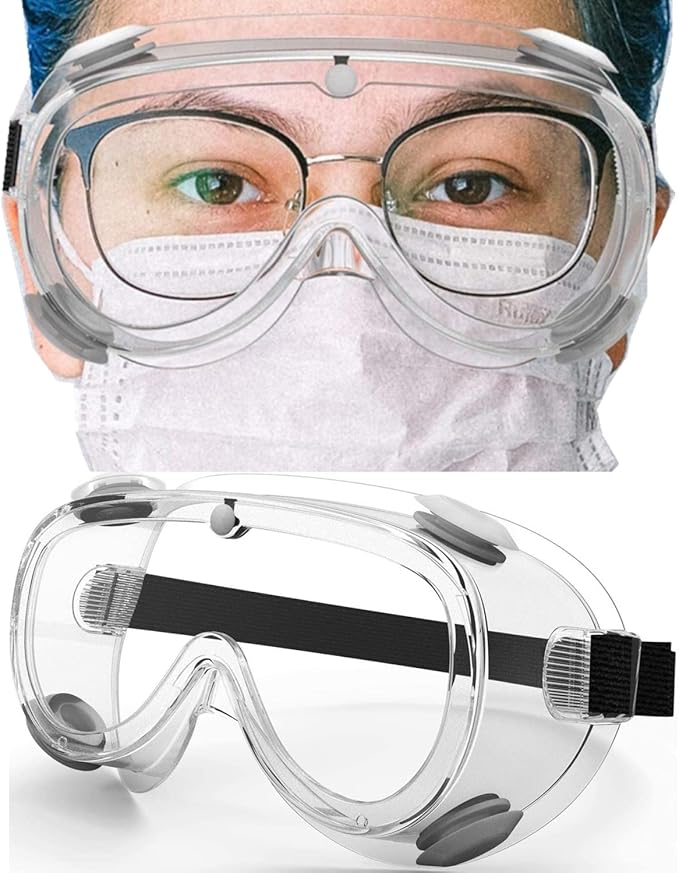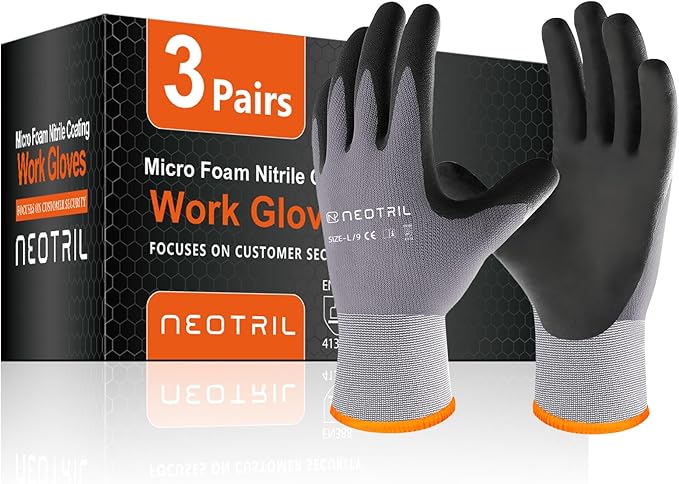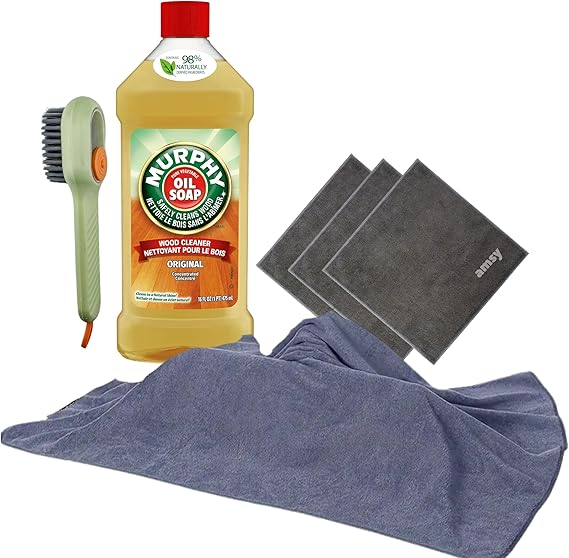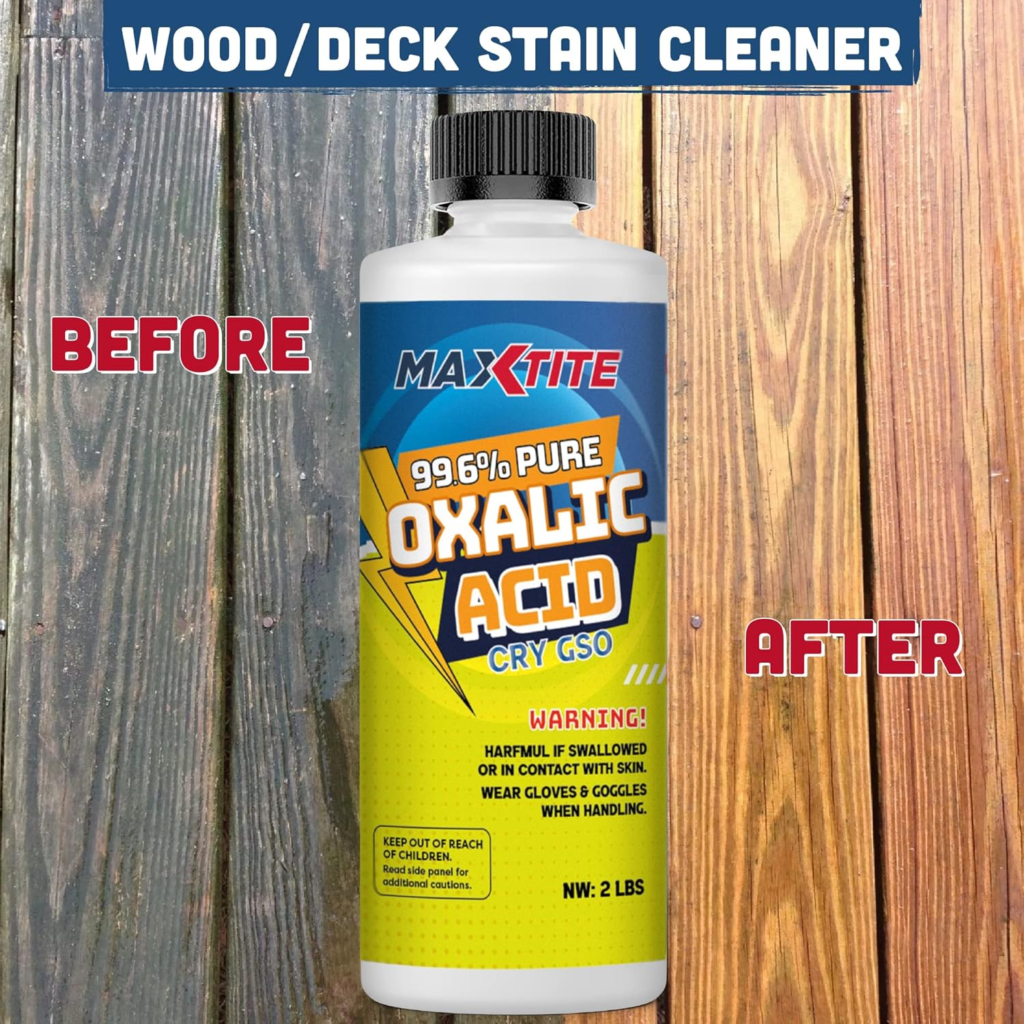Start with a brief statement on how bleaching wood can transform the look of your furniture or flooring by giving it a light, airy finish.
Bleaching wood offers significant benefits, including modernizing old furniture and enhancing home aesthetics. By lightening the color of the wood, this process breathes new life into worn or dark pieces, making them suitable for contemporary design trends that favor light, airy spaces. Bleaching also reveals the wood’s natural grain, adding visual interest and sophistication. This technique helps brighten interiors, making rooms look larger and more attractive. The result is a fresh, modern look that seamlessly integrates into different design styles, giving homeowners the flexibility to create a cohesive and stylish living space.
The purpose of this guide is to equip readers with a comprehensive understanding of the wood bleaching process, allowing them to achieve a beautiful, light finish on their wooden furniture or surfaces. By following the detailed steps, safety tips, and techniques provided, readers will learn how to bleach wood and transform dark or dated wood into bright, modern pieces that enhance the beauty of their home. This guide ensures that readers feel confident in their ability to bleach wood effectively, helping them achieve professional-looking results that elevate their interior design.
1. Understanding the Benefits of Bleaching Wood
- Why Bleach Wood?: Discuss the aesthetic and practical reasons for bleaching wood (e.g., enhancing grain visibility, removing discoloration).
- Types of Wood Ideal for Bleaching: Mention which wood types are most suitable for this process (e.g., oak, ash) and which ones may be more challenging.
2. Essential Tools For How To Bleach Wood
- Safety Gear:
When bleaching wood, it’s essential to use proper safety gear to protect yourself from harmful chemicals and fumes. Gloves safeguard your hands from skin irritation or chemical burns, safety goggles protect your eyes from splashes, and a mask prevents inhalation of toxic fumes. These precautions help ensure the bleaching process is done safely, minimizing health risk.
Cleaning Supplies:
Cleaning supplies are crucial for preparing wood before bleaching. Cloths are used to wipe down the surface and remove dust and debris, ensuring a clean working area. Sandpaper smooths the wood and removes old finishes, ensuring the bleach penetrates uniformly.A wood cleaner is used to deep clean the surface, removing oils and stains that could interfere with the bleaching process. These supplies set the stage for effective and uniform bleaching results.
Bleaching Agents
Bleaching agents are essential for lightening wood. Common options include wood bleach containing oxalic acid, which is ideal for removing stains and discoloration, and two-part bleach, which is more powerful and used for significantly lightening wood color. Each type has specific applications, with oxalic acid suited for minor corrections and two-part bleach for more dramatic transformations. Selecting the right bleaching agent ensures effective results tailored to your wood project.
3. Prepping the Bleaching Wood Surface
Prepping the wood surface is an important step that lays the foundation for an effective bleaching process and ensures consistent, professional-looking results. Start by cleaning the wood thoroughly to remove dirt, grease, and any remnants of the old finish. This involves wiping the surface with a cloth and soft wood cleaner, which helps remove surface contaminants that can interfere with bleach penetration. If the wood surface is unusually dirty—like dealing with a very dirty laminate floor—a more thorough cleaning may be necessary to remove deep-seated dirt.
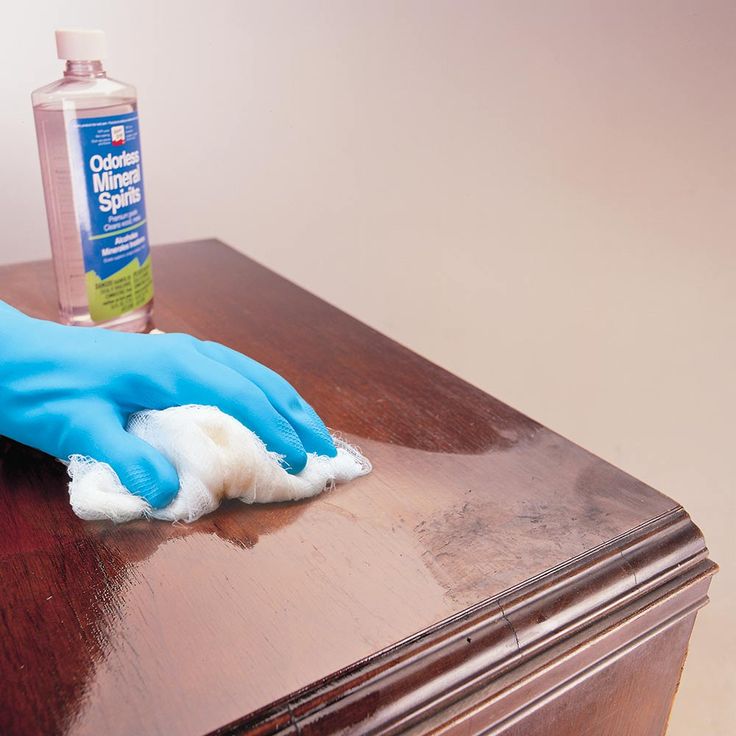
Once cleaned, allow the wood to dry completely before moving on to the next step. Sanding is necessary to open up the grain of the wood and ensure that the bleaching agent can absorb evenly. Use medium-grit sandpaper to remove any coating and follow with fine-grit sandpaper for a smooth finish. This preparation prevents uneven power and enhances the final results. Always work in a well-ventilated area and wear protective equipment, such as gloves, goggles and a mask, to protect against dust and chemical exposure. By taking the time to properly prepare the wood’s surface, you set the stage for a uniform and successful bleaching process that highlights the wood’s natural beauty and ensures long-lasting results.
4. The Wood Bleaching Process: Step-by-Step
The bleaching process is a transformative step to lighten wood and enhance its natural beauty, requiring precision and care for best results. Begin by preparing the bleaching solution according to the instructions provided by the manufacturer. Depending on the type of bleach used—such as oxalic acid for stain removal or two-part bleach for deep electricity—mix the solution in a well-ventilated area while wearing protective clothing.
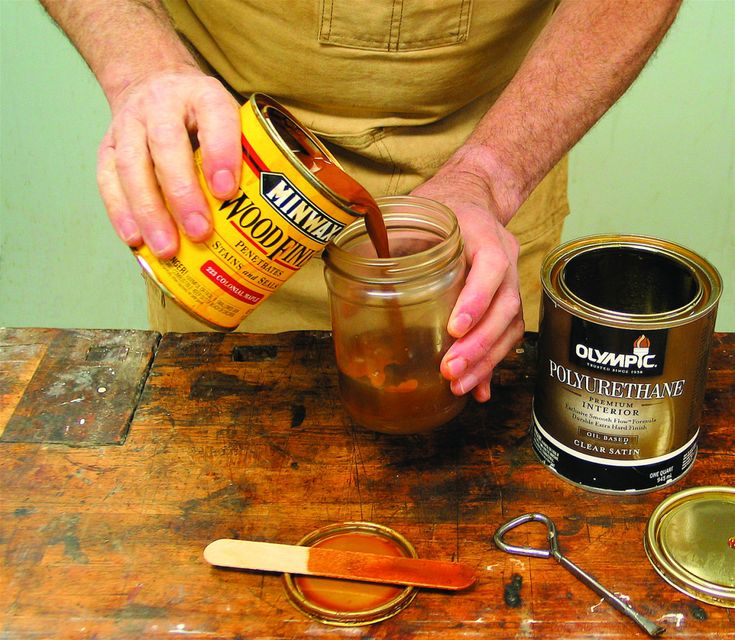
Using a brush, apply the bleach evenly to the surface of the wood, ensuring complete coverage without over-saturating any areas. Let the bleach sit for the recommended amount of time so it can penetrate the wood and work effectively. Once the desired lightness is achieved, neutralize the bleach by washing the wood with water or a neutral solution as described. After washing, allow the wood to dry thoroughly, which may take several hours. If the surface feels rough after drying, give it a light sanding to smooth out the raised grain of the wood. These careful steps are important, especially if you plan to take additional restoration steps to complete your project, such as learning how to refinish furniture at home. By following this method, you can achieve a beautiful light wood finish that enhances the appeal of your furniture and seamlessly integrates into your home decor.
Additional Tips
- Step 1: Mix the bleaching solution according to the product’s instructions.
- Step 2: Apply the bleach evenly with a brush, ensuring even coverage.
- Step 3: Let the bleach sit for the recommended time for optimal lightening.
- Step 4: Rinse the wood to neutralize the bleach and stop the process.
- Step 5: Allow the wood to dry completely before moving to the next step.
5. Post-Bleaching Care and Finishing
After bleaching care and finishing is essential to protect light wood and achieve a smooth, polished appearance. After the wood is completely dry after bleaching, inspect the surface for rough or uneven areas.
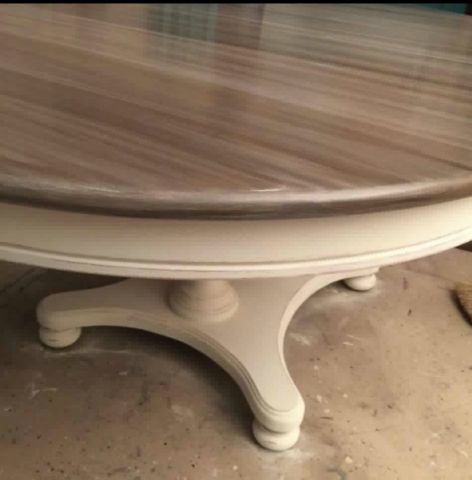
Lightly sand the wood with fine-grit sandpaper to remove any raised fibers and ensure a silky texture. Proper sanding not only enhances the feel of the wood, but also helps the end product last better. Next, choose a suitable finish to protect the wood and enhance its light appearance. A clear polyurethane or matte finish works well to maintain a natural look, while a whitewash or colored sealant can add a subtle color for customization. Apply the finish using a brush or cloth in even strokes, and allow it to dry thoroughly before applying additional coats if needed. Proper finishing not only seals the wood but also ensures durability and resistance to wear, just as protective layers are used to polish concrete floors. By investing in thorough post-bleaching care, you can achieve a professional, long-lasting finish that highlights the beauty of your light wood and complements your home’s interior design.
6. Common Mistakes in Bleaching Wood and How to Avoid Them
- Uneven Bleaching: Uneven bleaching occurs when the agent is applied inconsistently, producing patchy results. To avoid this, clean and sand the wood thoroughly to remove any obstructions. Using a standard brush or sponge, apply the bleach in small sections evenly with consistent pressure and overlapping strokes. Let it sit as directed, then rinse evenly to ensure a smooth, light finish.
- Over-Bleaching: Over-bleaching occurs when wood is left exposed to bleach for too long, resulting in more yellowing or damaged areas.Spot over-bleached areas by looking for unnatural light patches or weakened grain.To fix this, lightly straighten the affected areas to even out the tone, then reapply the diluted bleach solution for evenness. Seal and finish the wood to restore balance and protect it.
- Safety Oversights: Safety oversights during bleaching can lead to harmful exposure to chemicals or injuries.Wear gloves, safety goggles, and a mask to protect your skin, eyes, and respiratory system. Ensure proper ventilation to avoid inhaling fumes, and store bleach securely out of reach of children and pets.Following these precautions ensures a safe and effective bleaching process.
7. Troubleshooting FAQs
1. What if my wood doesn’t lighten evenly ?
If the wood is not uniformly bleached, lightly sand uneven areas to remove excess bleach. Reapply bleach in small sections, ensuring even coverage and consistent pressure. Adjust the bleaching time for more uniform results.
2. How to remove stubborn stains after bleaching ?
After bleaching, gently sand the stained areas with fine-grit sandpaper to remove stubborn stains. If the stain persists, apply a targeted solution of oxalic acid to treat the discoloration.Rinse thoroughly and let the wood fully dry before continuing with the next steps.Repeat if needed for best results.
3. Can I bleach treated or painted wood ?
Bleaching treated or painted wood is not recommended, as the chemicals may not penetrate properly through the treated or painted layers. For best results, remove any paint or finish using paint remover or sandpaper before bleaching. Once the surface is bare, clean it thoroughly and proceed with the bleaching process.Test on a small, inconspicuous area first to check the results and ensure compatibility.
4. what bleach to use for wood ?
For wood, you can use different types of bleach depending on your needs.Always read the instructions and test on a small hidden area first.
Conclusion
Recap: Summarize the key steps and reiterate the benefits of bleaching wood.
Encouragement: Encourage readers to try bleaching on a small project first to build confidence.
Invite readers to share their experiences or ask questions in the comments.
How to Bleach Wood and Get a Beautiful, Lightened FinishHeadline 0 / 110 Image URL #1 Short description of the article Author @type Person Author Author URL Publisher Publisher logo URL 11/22/2024 Date modified Schema.org’s references: Article NewsArticle BlogPosting Google’s documentation: Article

